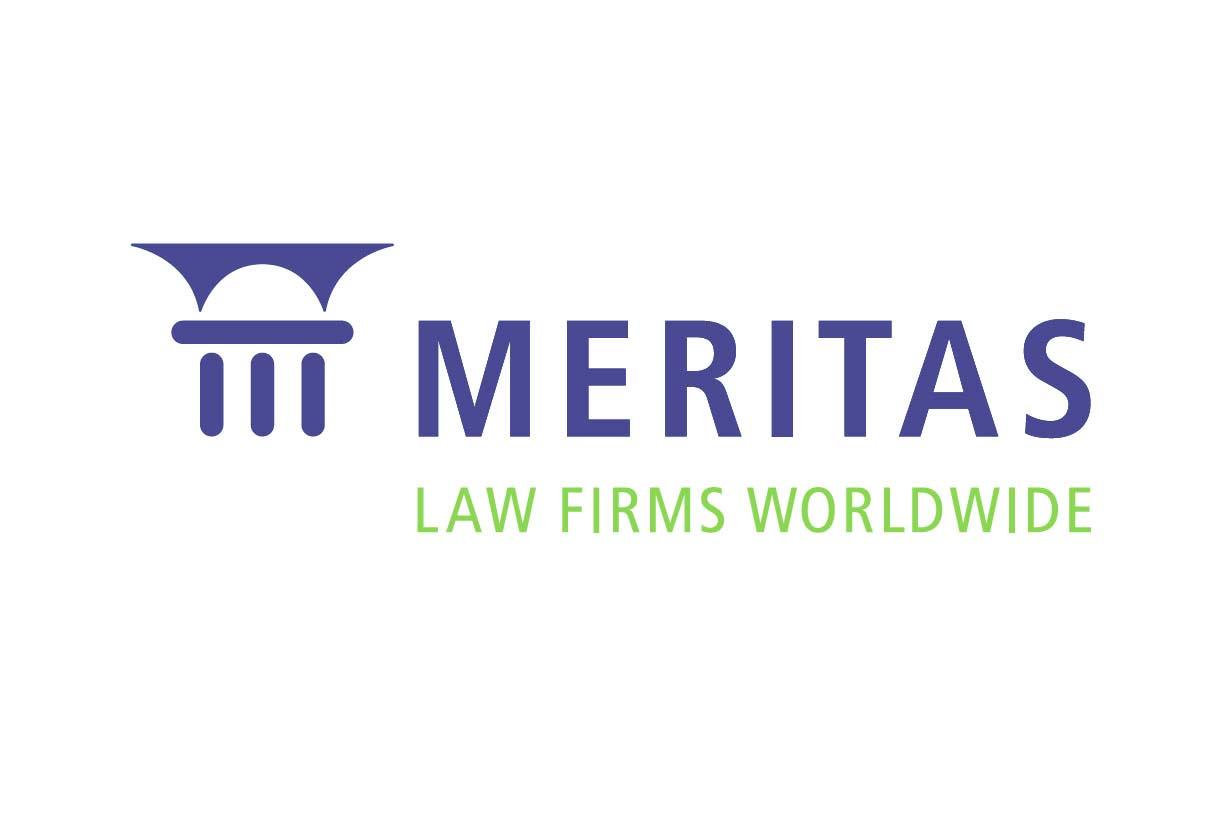Although the move to working from home arrangements at the start of the pandemic seemed to happen rather suddenly, there are good reasons why the move back into the office has been slower by comparison.
What do employers need to consider when moving back into the office?
After almost a year of strict restrictions, Workplace Directions (No 23) confirms that there is no longer a cap on the number of workers that can attend a Victorian workplace.
However, employers must still ensure that they continue to comply with a number of COVID safe requirements under those directions. For instance, employers must still:
- have an up to date COVIDSafe Plan;
- meet density requirements in shared and public spaces;
- meet record-keeping obligations - these assist with contact tracing efforts if needed;
- comply with signage requirements; and
- comply with cleaning requirements, such as taking reasonable steps to ensure shared workspaces and areas accessible to the public are cleaned on a regular basis, including frequently touched surfaces and surfaces accessible to different groups (e.g., different shifts).
Compliance with directions and policies
Practically speaking, complying with these requirements in office buildings may mean taking steps such as reviewing contracts with third parties that maintain and clean office premises, and considering whether building management procedures are adequate.
Working alongside public health directions are the duties that employers continue to have under workplace health and safety laws to, so far as reasonably practicable, provide and maintain for employees a working environment that is safe and without risks to health. This requires a risk assessment and consultation with employees (and any health and safety representatives) before any necessary control measures are implemented.
Training, directions and variations
Employees should then be given training on any new policies and procedures as they return.
Depending on how employees came to be working from home, employers may also need to consider how they will deal with any pre-existing stand down directions or other agreed variations to work arrangements.
Flexible work arrangements, discrimination and OHS
The move back into the office is also likely to prompt some employees to request more permanent flexibility arrangements as they seek to retain the work-life balance that comes with the virtual commute. Employers should note that flexible work requests made by certain employees can only be refused on reasonable business grounds and strict timelines apply for written responses.
As the push to return gathers pace, some employees may also request adjustments to their working arrangements on the basis that they are at heightened risk if they contract COVID-19. Employers will need to assess these claims carefully to balance any applicable anti-discrimination obligations on the one hand, and their operational needs and occupational health and safety duties on the other.
Employees are still hesitant to return to the office – what can employers do?
If an employer has met its legal obligations and some employees are still hesitant to return, then the employer may need to consider issuing those employees with a direction to return to the office.
If a direction is lawful and reasonable in all the circumstances, which includes being consistent with the law and with employees' terms and conditions of employment, then employers will be in a good position to take disciplinary action against employees who refuse to comply with a direction to return.
Given the complex interactions between employers' various legal obligations, please contact our Workplace Relations and Safety team to discuss your specific return to work situation.
The content of this article is intended to provide a general guide to the subject matter. Specialist advice should be sought about your specific circumstances. Madgwicks is a member of Meritas, one of the world's largest law firm alliances.



